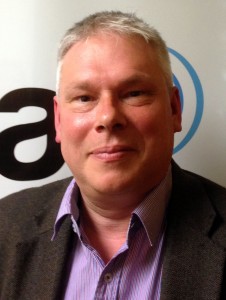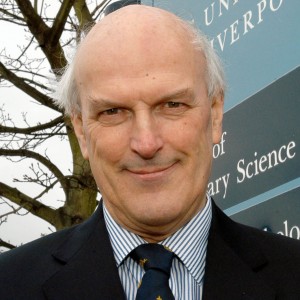
Our job is to inspire people to take in interest in the world around them.
We talk with Otago Museum’s Dr Ian Griffin on mixing authentic story, interactivity, collection and quality into an engaging treasure house to be proud of.
Dr Ian Griffin, the eighth Director of the Otago Museum. With a PhD in astronomy and the discovery of 27 asteroids among his accomplishments, Ian brings a strong scientific background to the Museum. Ian’s last role before joining the Museum was as Chief Executive of the Oxford Trust in Oxford, England – a charitable foundation encouraging the pursuit of science. His other previous roles have included Director of the Museum of Science and Industry in Manchester, England; Head of Office of Public Outreach and Director NASA Origins Education Forum Space Telescope Science Institute; and CEO of the Auckland Observatory and Planetarium Trust. Ian has also been appointed an honorary fellow in the University of Otago Physics Department.
Talking points:
I want to work in a museum because museums have the potential to change lives.
Museums are places where you come to help make sense of the world.
The museums job is to help you connect.
Do you need to believe it to be real?
The role of the collection is critical in understanding your part of the world.
A key part of what the museum must do is not so much is this important now, but asking could it be important in the future?
A key thing scientists need to do better is communicate the process of science – that’s a role for the museum. It’s almost impossible to come to a final understanding.
We have to communicate to our visitors that science is changing yet tell a simple story.
We need to figure out to convey change, yet have visitors come away with a good understanding.
Where appropriate, interactive exhibits beside artefacts can help you make sense of those artefacts.
It’s a reflection of our society that people like to see things as black or white, or right or wrong but as we all know, in climate science in particular, it’s a very nuanced story.
I wouldn’t want funding that came with conditions about the science.
You can’t present a complicated subject in a simplistic way – and that’s the challenge.
It (climate science) is not a simple subject so perhaps shouldn’t be reduced to simple interactives.
It’s very difficult in the amount of time (visitors) spend in the museum gallery to convey all the information you need to make a knowledge based decision. And, we add to this that, some visitors are 5 years old, and some are 80, and some will be able to read at particular levels. The challenge is explaining that in a way that all those folks can go away (understanding)….it’s difficult.
We’re not leading the science, we’re communicators of what others are doing.
The fundamental challenge is to make sure the museum is relevant to our community….so we can be here in another 150 years.
Anything that inspires an interest, that fires up your imagination is good…and has a place in the museum.

 Shane Gallagher and Samuel Mann with Amadeo Enriquez-Ballestero [ 57:17 ] Play Now | Play in Popup | Download
Shane Gallagher and Samuel Mann with Amadeo Enriquez-Ballestero [ 57:17 ] Play Now | Play in Popup | Download
